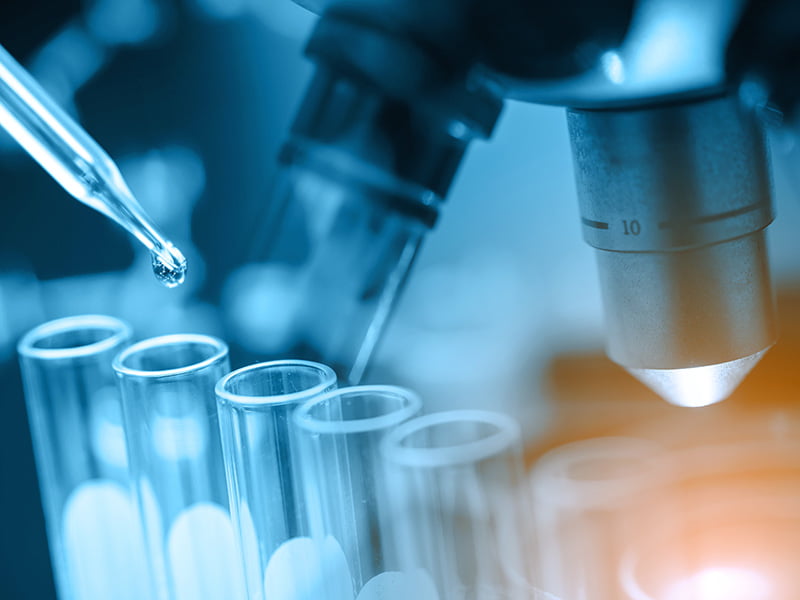Australian scientists have urged political leaders to address Australia’s falling levels of research funding in their upcoming election policies or risk a further slide down global rankings as other nations spend up.
Australia’s expenditure on research and development as a share of GDP is 1.79 per cent, according to the latest available data.
It puts Australia below the OECD average and the UK, EU and US, all of which have been trending up for around a decade. But in that time Australia’s investment in R&D has been falling steadily, and flatlined between 2018 and 2020 at only 1.79 per cent.

Science & Technology Australia (STA), which represents 90,000 STEM professionals across the research and development sector, is now calling for a “seismic investment” in R&D it says will create jobs in a “STEM-led economic recovery”.
Following a leadership summit last week, the science group released ten policy recommendations for all parties, well ahead of the next federal election, widely tipped for May next year.
Top of the list is to grow Australia’s R&D investment until it hits the global top ten at least, currently around 2.9 per cent of GDP, according to OECD data.
STA chief executive Misha Schubert said science and technology had guided Australia’s pandemic response and it was time to put it at the centre of the recovery with a “once-in-a-generation bold investment”.
“Bolder strategic R&D investment in artificial intelligence, quantum computing, clean energy, medical technologies, AgTech, and a wide array of frontier science and technology will seed jobs and investment – and economic opportunities for our kids,” Ms Schubert said.
“Australia should set itself a vision to become a global STEM superpower, with a bold investment target in R&D, in a clear-eyed strategic push to seize future jobs from our economic competitors.”
While Australia’s investment in R&D has plummeted from 2.11 per cent in 2011/12 to 1.79 per cent in 2019/20, competing nations have moved the other way.
In that time the US has risen from 2.68 to 3.06 per cent, the EU from 1.96 to 2.12 per cent, while the OECD average is up from 2.27 to 2.48 per cent. The leading nations Israel and Korea invest more than four per cent of their GDP into R&D, and many more are implementing policies to drive recoveries and secure sovereign capabilities exposed by the pandemic.
STA is urging Australian political to invest billions more into Australian R&D because it will create the industries and jobs of the future.
Its policy recommendations include a $2.4 billion Research Translation Fund to help commercialise the research, a comprehensive plan across government to coordinate R&D investment, and more investment in grants for discovery research.
The current government has signaled it wants Australian researchers to do more to commercialise their work and is currently reviewing commercialisation in the tertiary sector.
The commercialisation review has sparked concerns reforms could come at the expense of discovery research and the businessman leading it has suggested ongoing research funding could be tied to translation outcomes, but final recommendations are yet to be released.
Labor has pledged to establish a $15 billion National Reconstruction Fund, some of which would go to translating research. But the opposition is yet to detail major research policies.
STA also called for the “broken system” of insecure work related to competitive research grants to be addressed, a commitment to maintain national science agency funding, and a comprehensive net-zero plan, among others.
Do you know more? Contact James Riley via Email.

